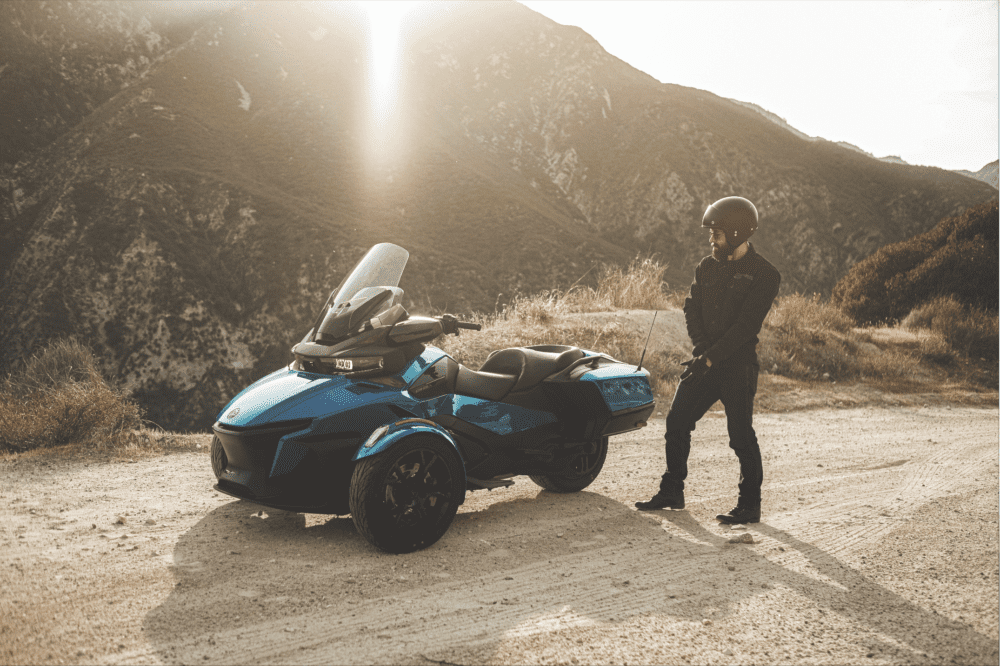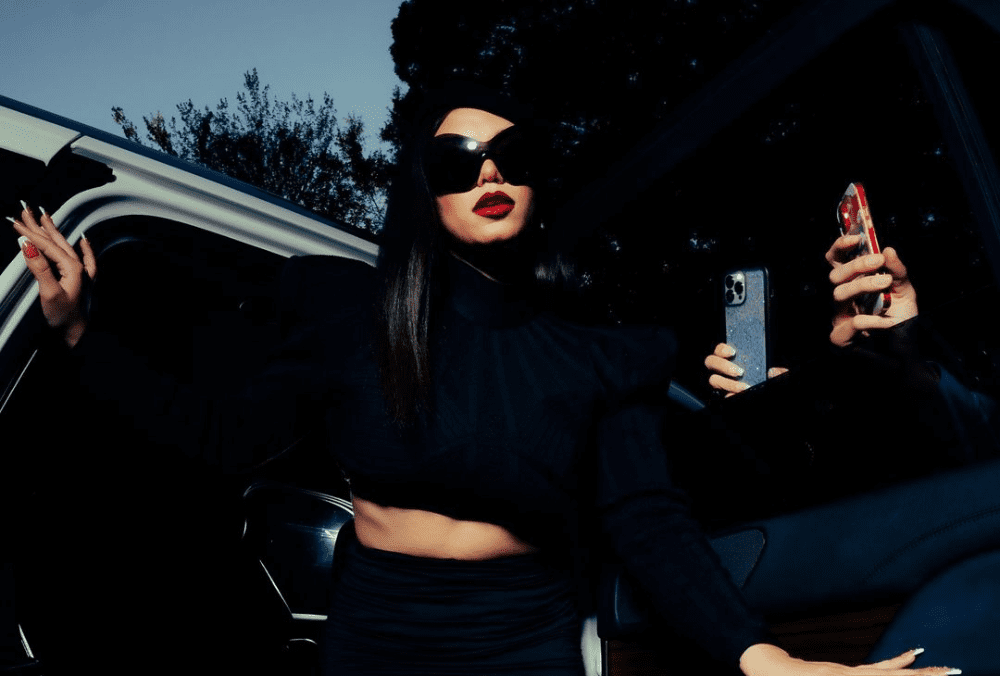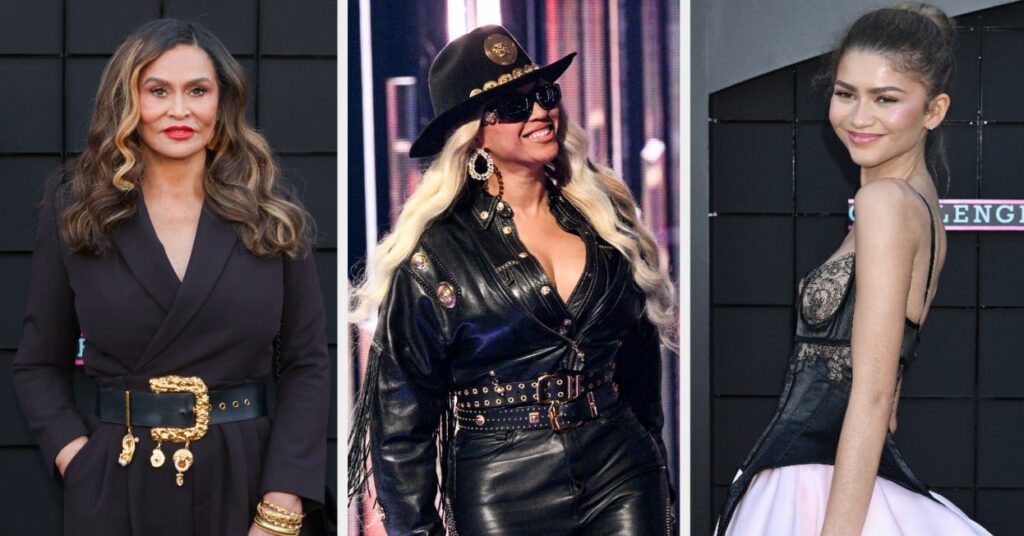
Shooter Jennings on the Bold Journey That Took Him to L.A.
Throughout history, humans have relied on music to carry stories and bring people together. So Rolling Stone and Can-Am are embarking on a road trip to spotlight the artists, venues, and recording studios keeping the storytelling legacy alive today. We’re calling the project Common Tread. Join us as we explore the people and places that bridge the divide between music’s past and future.
As a teenager in the Nineties, Shooter Jennings was less than smitten with the honky-tonk scene in Music City, where he grew up. “Nashville was a small town,” he says. “I didn’t like the music there and I didn’t like being Waylon’s kid.”
He could appreciate that his dad — that’s country legend Waylon Jennings, to be clear — was a professional musician who booked gigs all over the country. But that was old-man music. Shooter’s creative awakening came largely in the form of Nineties alt and grunge bands that dominated the music-video generation.
Today, even as Shooter’s grown up to be a driving force in country music and the de facto heir to the outlaw throne, his music still pulls from a wild cast of influences, with moments of brilliance arising as industrial, psychedelic, and electronic rock collide with the legacy of his father. Perhaps more than any other living artist, he honors the sound of old Nashville by challenging the trucks, tractors, and other tropes that have in recent years threatened to undermine its relevance.
Shooter’s first solo album, Put the “O” Back in Country, landed in 2005, three years after his dad passed away. “My mentality was, why can’t country music sound cool?” he says. The album’s biggest hit was “4th of July,” but “Solid Country Gold” set the defiant tone that still largely drives his career. By then Shooter had moved to Los Angeles, and on his debut album’s fourth track he sings, “I was born in Nashville, but I left there long ago, ’cause they built Music City by sacrificing soul.”
The next year he continued his campaign against uninspired country music with Electric Rodeo, and his label rewarded him by posting a Shooter Jennings billboard over Sunset Boulevard. The taste of success gave Shooter a hankering for more attention and bigger crowds, so by his own admission, his third album, The Wolf, was a regression toward mainstream country — the very thing his music revolted against. “I was trying to win one over on the country world,” he says. “I turned my back on myself, in certain ways. I didn’t keep the journey going.”
The Wolf’s performance was lackluster, but the silver lining was plain to see — with the mainstream rejection Shooter was able to justify bigger artistic gambles. After The Wolf, he left his label and began working on a dystopian concept album.
Black Ribbons, which came out in early 2010, imagines the last free-speech radio transmission before the government commandeers the public airwaves. It was psychedelic steroid shot for the creative muscle, and afterward, Shooter self-produced his next two albums — both solid records — before releasing the electronic-trance album Countach (for Giorgio). The inspired run of risk-taking established Shooter as a musical nonconformist, and it introduced him to a whole new cast of collaborators in Los Angeles.
For core country fans, Shooter’s wild artistic swings are hard to square with Waylon’s traditional Nashville sound. But they’re also how the younger Jennings honors his father’s legacy. It’s easy to forget that when Waylon started putting out records in the Sixties, his music was explosive and new. That’s what Shooter’s aiming for. “[My dad] wasn’t some outlaw walking around with a gun like, ‘Play country music!’” says Shooter. “He liked to look at the music through my eyes. He was really a big kid about it.”
Before he passed away, Waylon gave Shooter a gold bracelet inscribed with a message from father to son. Inside the band it read, “The music is in good hands.” Since then, Shooter’s accepted two GRAMMYs. He was wearing the bracelet both times.
With his most recent record, 2018’s Shooter, the younger Jennings made an unapologetic return to country. But there’s no telling what he’ll do next, and that’s exactly how he upholds the outlaw legacy.
DRIVING NOTES
To speak with Shooter about breaking the country-music mold, I traveled to Los Angeles on a Can-Am Spyder RT. The vehicle’s 115-horsepower motor begs for twisty roads, so while I was in town, I made sure to buzz the canyons outside the city. Powerful dash-mounted speakers kept me jamming while joyriding, and the electronic windshield, which rises and drops with the press of a button, provided a smooth ride even as I pushed it hard on the straights. It was an unforgettable ride, and I can’t wait to see what Can-Am has in store for me in the next episode.




